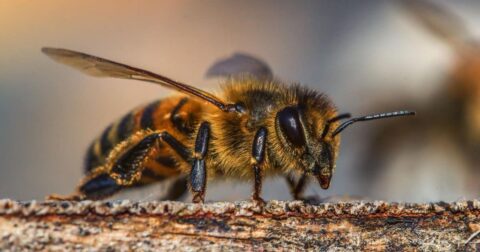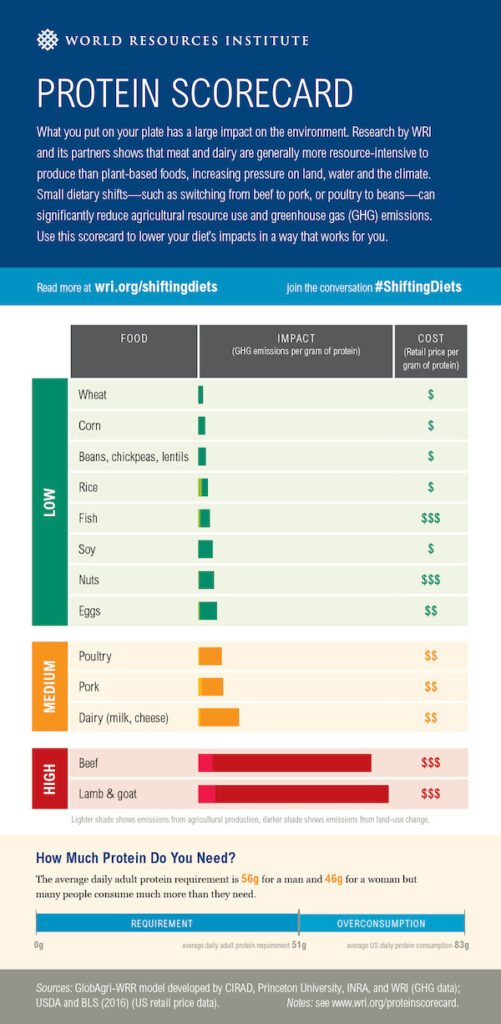Explainer
Are Organized Animal Rebellions Really a Thing?
Animal Behavior•6 min read
Explainer
Research shows honeybees can do math. Meanwhile some ants are building massive underground fungi farms.


Words by Claire Hamlett
Insects have become a hot topic. Between rising demand for “sustainable” livestock feed and interest in novel beef alternatives like cricket burgers, investments in the still-nascent insect farming business are booming. Part of the appeal might be that most people don’t think of insects as sentient, despite a growing body of research looking into the most intelligent insects.
Still, it’s difficult to imagine the inner minds of creatures that are just so different from us. We humans tend to conceive of intelligence quite narrowly, basing it around our own abilities to speak and think rationally. Yet there are definitely creatures whose intelligence is undeniable — like octopuses — even though their minds aren’t anything like our own.
There’s a growing body of research testing and demonstrating insect intelligence — examining their mental capacities through species-specific behaviors and abilities. Still, we’ve only identified around a million species of insects – just a fraction of the 10 million species that scientists think exist. In other words, when it comes to insect intelligence, we have likely barely scratched the surface. Here’s some of what we know so far about insect intelligence:
Bees have gained a reputation for being smart, and with good reason. A study published in 2022 showed for the first time that bumblebees are capable of making trade-off decisions, choosing between enduring discomfort for a reward of a solution with high sugar content or no discomfort and a solution with lower sugar content.
Bee expert, and the study’s lead author, Lars Chittka concluded that decades of research shows bees have feelings, are able to plan, have imaginations and good memories and even have some degree of self-awareness, recognizing themselves as separate beings from other bees.
These capacities help them to make choices about optimal routes for collecting pollen and nectar from flowers, avoid predators and even communicate information with each other.
Honeybees can do basic arithmetic, which has upended the assumption that a large brain is required to do math. They also communicate complex information to each other, like where to find the best source of food to bring back to the hive, by using symbolic movements to indicate distance and direction.
Like bees, ants work for the benefit of the colony. They use memory and recognition of individual objects to find their way home after going out to forage. One study showed that ants are quick learners, mainly using their sense of smell to learn new tasks. In fact, their memories can last up to three days, which benefits when workers need to switch from one task to another that they had previously learned.
Not only are ants great at the complex task of foraging and finding their way home with their bounty, they engage in agricultural activities that shows humans are far from unique in being able to cultivate their own food sources.
There are about 240 species of ants that farm fungus in the Americas and the Caribbean. These ants forage for vegetation that they carry to their crop of fungi in underground farms. There, the fungi are isolated from wild versions of the species, making them completely dependent on the ants for nourishment. When the daughter of the queen ant leaves to start her own colony, she takes a piece of the fungus with her to create her own fungus farm. One study describes this symbiotic ant-fungus relationship, which evolved over tens of millions of years, has produced “complex societies with industrial-scale farming analogous to that of humans.”
In 2020, another accidental discovery was made about farmer ants when a photographer happened upon brown ants farming giant oak aphids that live on English oak trees. The ants build barns for the aphids out of mosses, licens, and beetle shells on the tree trunks, and will move them to underground shelters to protect them from bad weather. All this is so the ants can “milk” the aphids for their honeydew.
In the Netflix prison drama Orange is the New Black, a cockroach trained to be a courier by the inmates is shown carrying a cigarette between cells. While this scenario might seem a bit far-fetched, it’s certainly not impossible. Cockroaches are not only capable of learning and remembering positive or negative associations with different smells, they also demonstrate individuality in doing so. Indeed, one study showed that individual cockroaches may be shy or bold, with some much more willing to spend time exploring the kinds of brightly lit environments to which they are averse.
Paper wasps can recognise individual wasp faces, a cognitive skill that comes in handy given that a nest can have multiple queens who need to negotiate with one another. The dominant queen will lay the most eggs, leaving subordinate queens to decide whether to stay or leave and establish their own, smaller nests, which will be more susceptible to attack or failure.
In order to determine the dominant queen, paper wasps fight each other. Facial recognition means they know who they’ve fought and whether or not they were beaten, maintaining a more harmonious nest.
Paper wasps also have an ability known as transitive inference, which means they can infer something about the relationship between two things based on their knowledge of the relationship between them. For example, if you know that X is greater than Y, and that Y is greater than Z, you can infer that X is also greater than Z even if you previously did not know the relationship between X and Z. A study found that paper wasps could make such inferences about novel pairs of colors, for example. Honeybees had previously failed this test, but the wasps may have succeeded because of the multiple queens in their nests and the social hierarchies that form based on each queen’s position. That is, transitive inference could help wasps to make quick deductions about novel social relationships.
Many researchers who study the intelligence of insects warn against scaling up the bug farming industry, especially without any welfare protections in place. If you are looking for ways to reduce the greenhouse gas emissions associated of your diet, consider a plant-rich diet. Plant proteins like lentils and soy are some of the lowest in emissions:

Other insect preservation efforts include programs like Buglife and planting non-invasive wildflowers. More resources are available on our Take Action page.